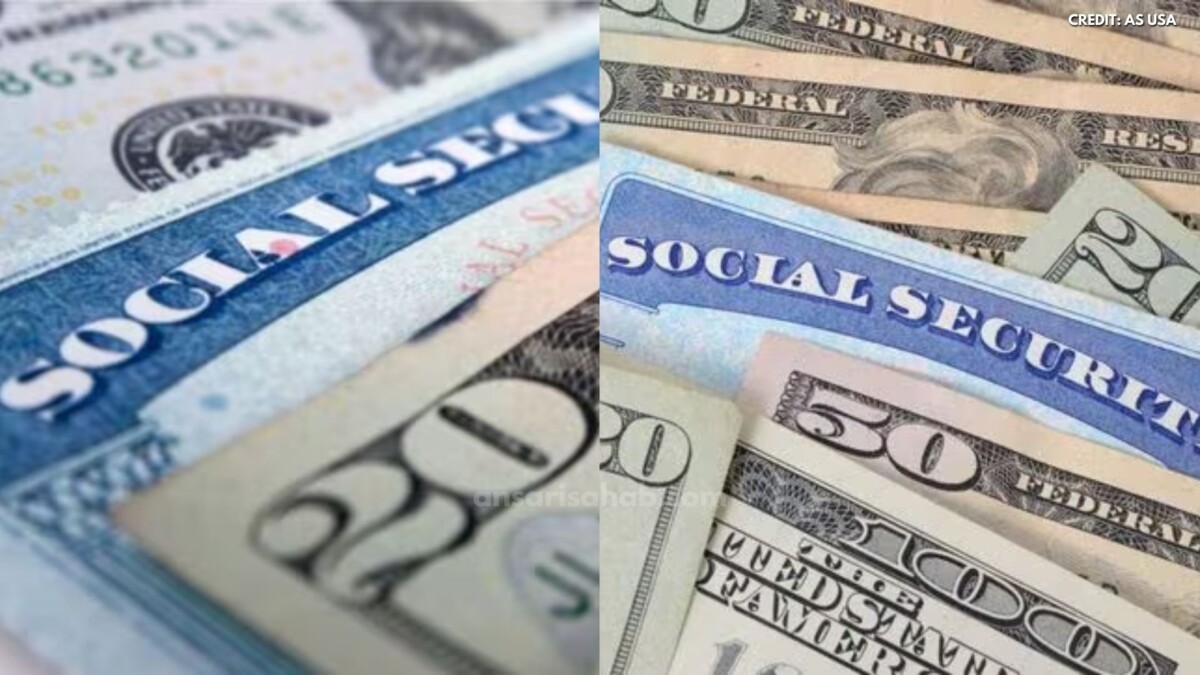As Americans carry record levels of revolving debt into 2025, an increasing number are turning to credit card debt settlement as a last-resort option — but experts and regulators warn that settlements carry significant costs, credit consequences and legal pitfalls. Recent data show total U.S. credit card balances near historic highs, while federal guidance and enforcement activity have reshaped how consumers and companies must approach negotiated write-downs. According to the New York Fed and federal consumer watchdogs, anyone considering settlement should go in informed.
What’s happening now: balances, collections and settlements
Household credit reports and central bank data make the context plain: credit card balances climbed through 2024 and into 2025, with total revolving balances hovering above $1.2 trillion in the second quarter. That rise has coincided with more accounts entering delinquency stages where issuers or third-party buyers sometimes prefer negotiated settlements over full charge-offs. At the same time, regulators have increased scrutiny of debt-collection and settlement practices, leading to both enforcement actions and new guidance for market participants.
How debt settlement works — and why it’s attractive
Credit card debt settlement typically involves a borrower or a debt settlement firm negotiating with the creditor or debt purchaser to accept less than the full outstanding balance as “paid in full.” For consumers facing sustained hardship, settlement can reduce principal and stop collections activity — but the process is rarely simple. Offer acceptance often depends on the account’s delinquency status, the size of the balance, and the creditor’s assessment of the borrower’s ability to pay. Settlements are most commonly proposed once an account is significantly past due, when creditors judge recovery through litigation or continued collections to be unlikely.
What regulators and enforcement trends show
Federal agencies have been active in shaping the settlement landscape. The Consumer Financial Protection Bureau’s recent compendium of guidance underscores consumer protections around fair communications, disclosures, and the proper handling of debt relief products — signaling that aggressive or misleading settlement offers are under closer review. Meanwhile, private-sector legal reviews show ongoing enforcement actions tied to debt collection and settlement practices, though the number of high-profile actions declined compared with prior years. Together, those trends mean consumers and companies must document negotiations and ensure contractual terms are clear.
Expert view: the tradeoffs of settlement
Financial counselors and lawyers emphasize three fundamental tradeoffs. First, settled debt is typically reported as “settled” or “paid for less than full balance” on credit reports, which can damage credit scores and remain visible for years. Second, forgiven amounts may trigger tax liabilities: the IRS can treat canceled debt as taxable income unless the borrower qualifies for an exclusion. Third, consumers who use settlement firms may pay upfront or ongoing fees that erode the net benefit of any principal reduction. Experts urge careful cost-benefit analysis and, when possible, negotiation directly with creditors or working with nonprofit credit counselors.
Practical steps before you negotiate
Consumers considering credit card debt settlement should take deliberate steps to protect themselves and maximize outcomes:
- Know your account status. Creditors are likelier to settle deeply delinquent accounts. Review statements and credit reports to confirm balances and ownership.
- Estimate total costs. Factor in settlement amounts, potential tax on forgiven debt, prepaid fees to any settlement company, and the long-term impact on credit access.
- Get written terms. Never accept oral agreements. Obtain written confirmation that the agreed amount will be considered full satisfaction and that the creditor will report the account as paid per the agreement.
- Be wary of firms that advise you to stop paying. The CFPB and consumer groups warn that pausing payments can increase late fees, interest and collection actions before a settlement is secured. Some reputable nonprofit credit counselors offer alternatives that avoid this risk.
Red flags and when to get help
Consumers should be cautious of companies demanding large upfront fees, promising guaranteed settlements, or pressuring rapid enrollment. Regulatory guidance and recent enforcement show agencies will act against deceptive practices; nevertheless, individual consumers often fare better by consulting nonprofit credit counseling agencies or seeking legal advice in contested cases. If threatened with lawsuits or wage garnishment, obtaining an attorney or legal aid referral is advisable.
Why this matters to everyday Americans
As household finances tighten and revolving debt remains elevated, more consumers will face the choice between extended repayment, formal settlement, or bankruptcy. Each path carries distinct financial, legal and tax implications. Settlement can offer relief, but it is rarely a turnkey cure; missteps can leave borrowers with persistent credit damage and unexpected tax bills. Policymakers and consumer advocates continue to push for clearer disclosures and better oversight of the firms operating in this space, but for now the responsibility rests with informed borrowers and careful documentation.
Conclusion
Credit card debt settlement remains a viable tool for some struggling borrowers in 2025, but it is accompanied by consequential tradeoffs. Before negotiating with issuers or hiring third-party firms, review your credit position, get written agreements, calculate tax implications, and consider nonprofit counseling. With stakes this high, the smartest settlements are those negotiated with full knowledge of costs, reporting effects and legal rights.









